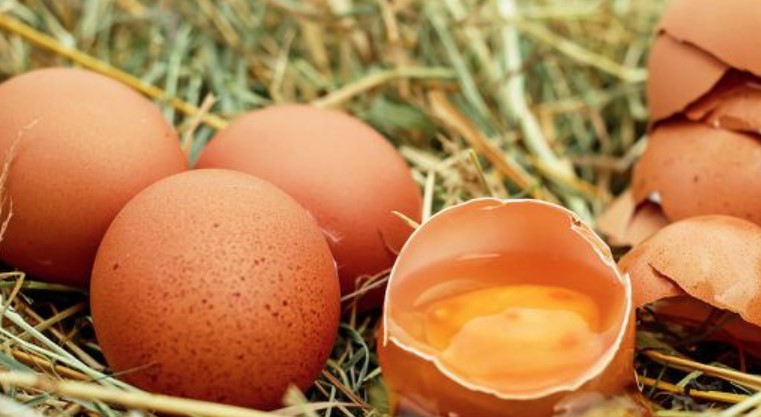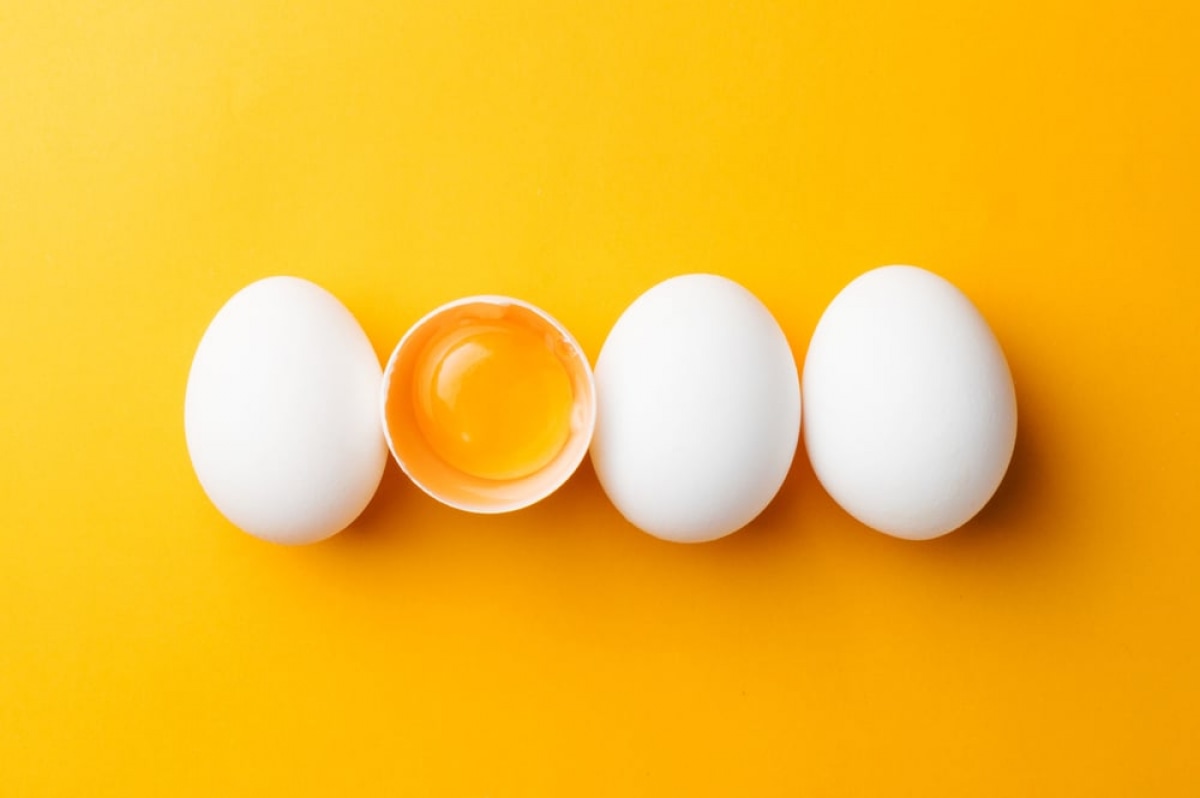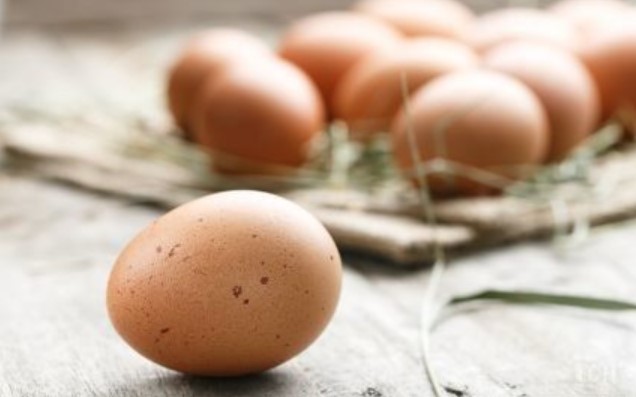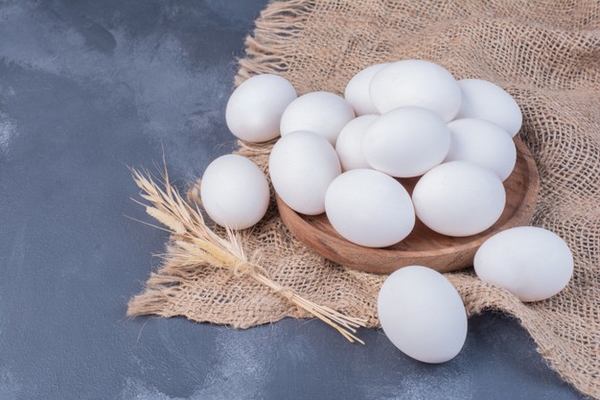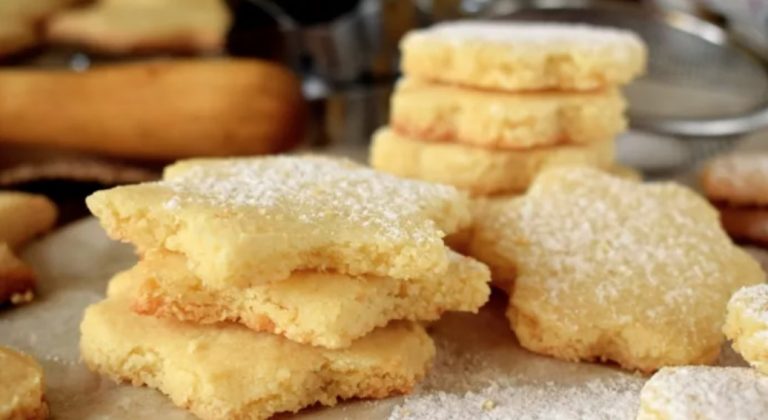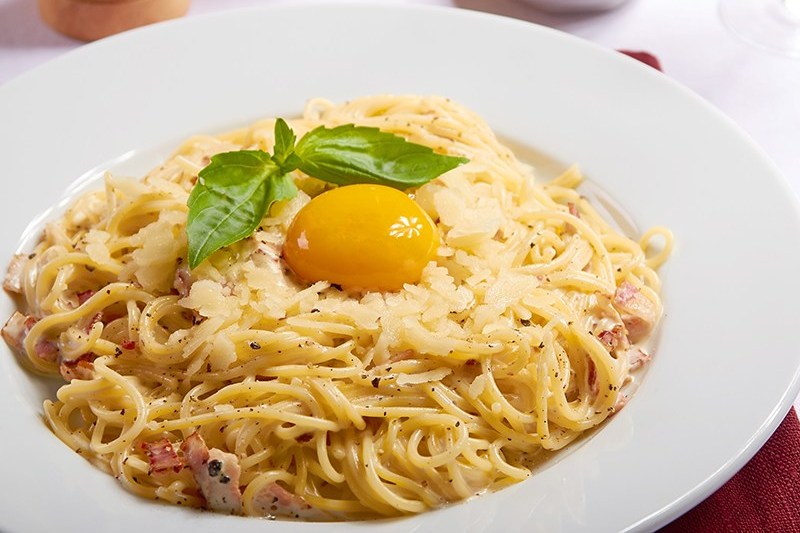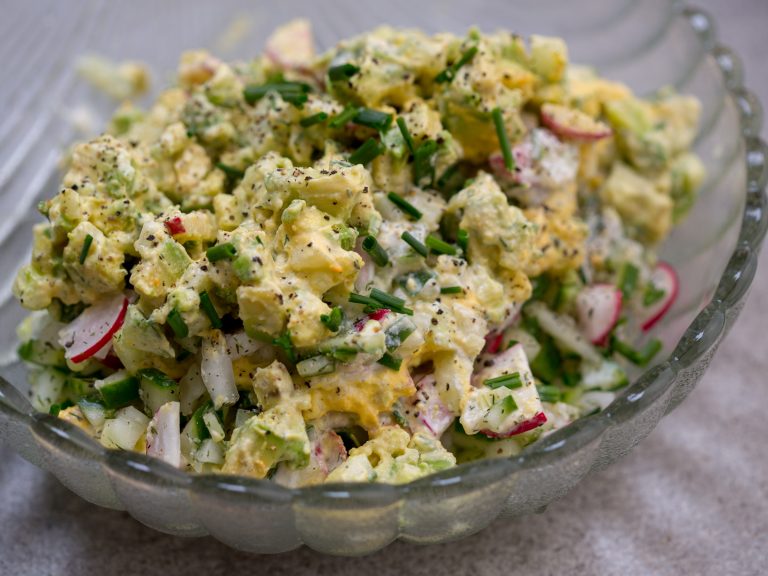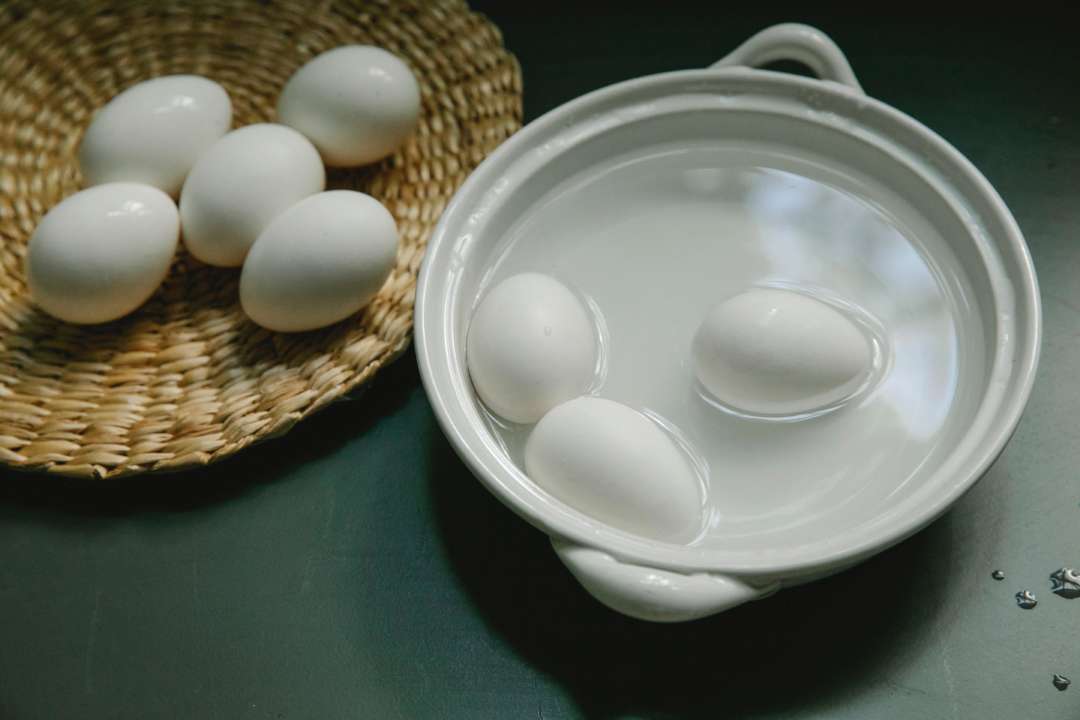You can freeze raw eggs and store them for up to ten months. If you have leftover egg yolks or whites after baking, you can freeze them too. However, to ensure that nothing goes wrong, you should pay attention to a few things.
Freezing eggs: In these cases it is worth it

You don’t have to freeze eggs to keep them for a long time: raw eggs can be kept in the refrigerator for at least four weeks – provided the shell is undamaged. Hard-boiled eggs will also keep for up to four weeks at a cool temperature. Therefore, in most cases it is not necessary to freeze eggs. Tip: You can use the water test to check whether the egg is still good after the best-before date has passed.
An exception is if you have a lot of eggs in stock or are going on vacation for a few weeks. Then it can make sense to store the eggs in the freezer.
You can also freeze egg yolks or egg whites if you only need part of the egg in a baking recipe. Raw egg yolks and whites would only keep for three days in the refrigerator, but a few months in the freezer.
By the way: When it comes to animal products, organic quality is particularly important. Therefore only buy organic eggs (code 0) – preferably those with additional certification from a nature association such as Bioland, Demeter or Naturland. Also, make sure there is no chick shredding.
Never freeze eggs in shell or cooked
However, freezing eggs can also go wrong. Be sure to note the following points:
Raw eggs in shell: If you put uncooked eggs whole in shell in the freezer, the yolk will expand and the shell will burst. The result: the eggs spread out in the freezer and freeze solid there. A big mess and waste of precious food.
Boiled eggs: In principle, hard-boiled eggs can be frozen. However, the result leaves a lot to be desired: The hard-boiled egg white changes its consistency, becomes rubbery and has a watery taste.
Freezing eggs: step-by-step instructions
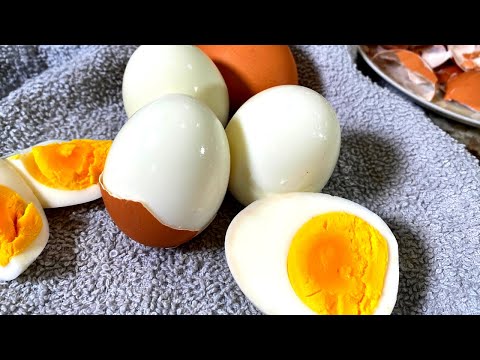
If you keep the above points in mind, you can freeze eggs quite easily. The best way to do this is as follows:
If you want to freeze a whole raw egg, you should whisk it well first. Alternatively, you can freeze the egg yolk and egg white separately.
Place the egg in a clean freezer-safe container. Tip: Glass containers are more sustainable than plastic containers. Leave about a quarter of the container empty to avoid bursting in the freezer.
Label the containers with the current date and the number of eggs. This way you will know later when baking and cooking how many eggs, egg yolks, or proteins you have in front of you.
Freezing eggs as ice cubes: If you want to use the frozen eggs in small quantities, you can also freeze them in an ice cube tray and then put them in a freezer bag.
Shelf Life: Whole eggs will keep in the freezer for around eight to ten months. Frozen egg whites will keep for up to 12 months. Nevertheless, you should not store the eggs for too long: the longer they are in the freezer, the more they lose their taste.
Thawing: Frozen eggs should be thawed slowly in the refrigerator. Depending on the quantity, this takes half a day to a whole day. It goes a little faster if you put the container with the frozen eggs in a cold water bath. Under no circumstances should you thaw the eggs at room temperature or under heat.
Use: If the eggs or egg yolks or egg whites are completely thawed, you can continue to use them as usual. Don’t eat frozen eggs raw. Therefore: Heat properly before consumption!

